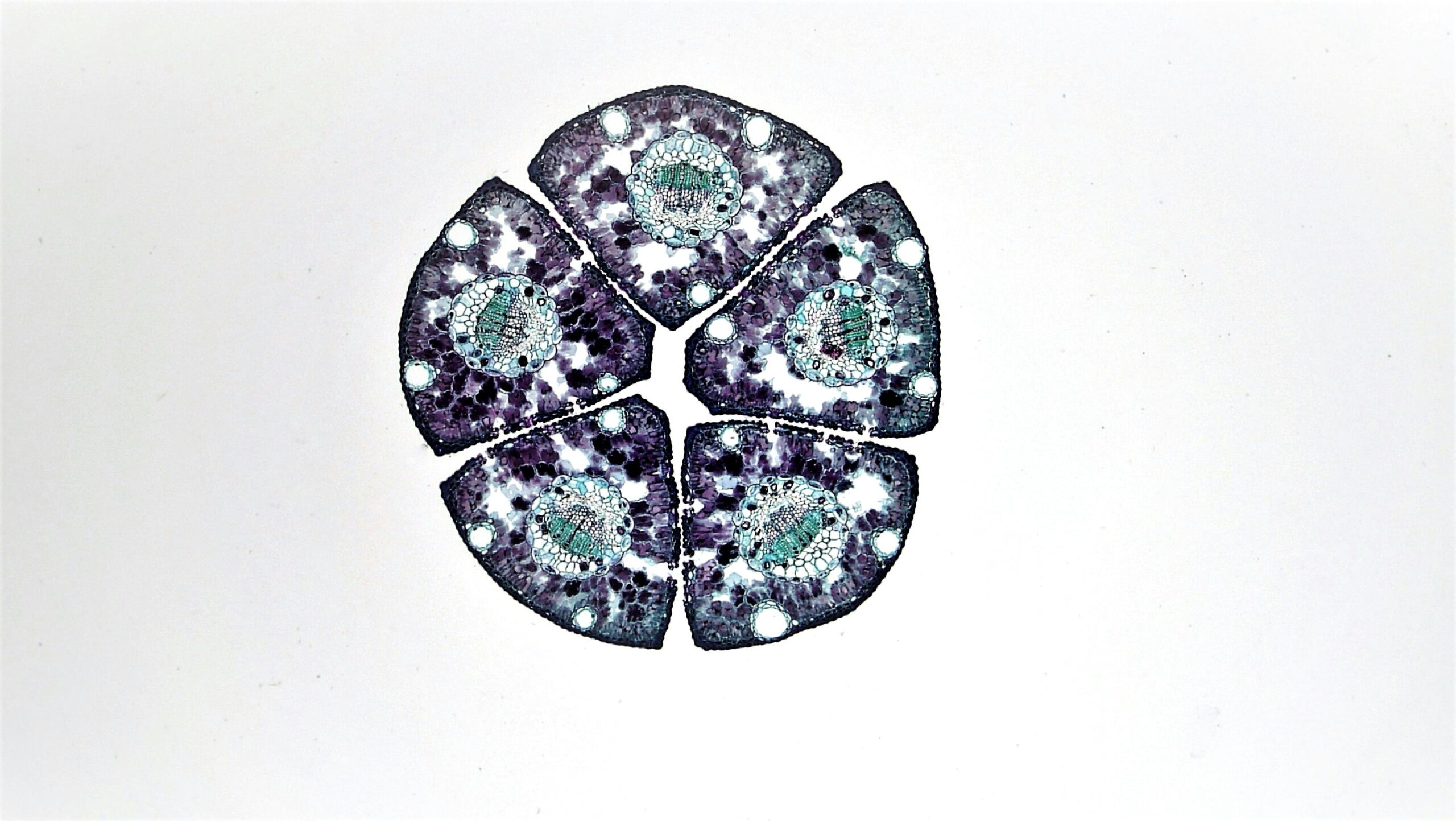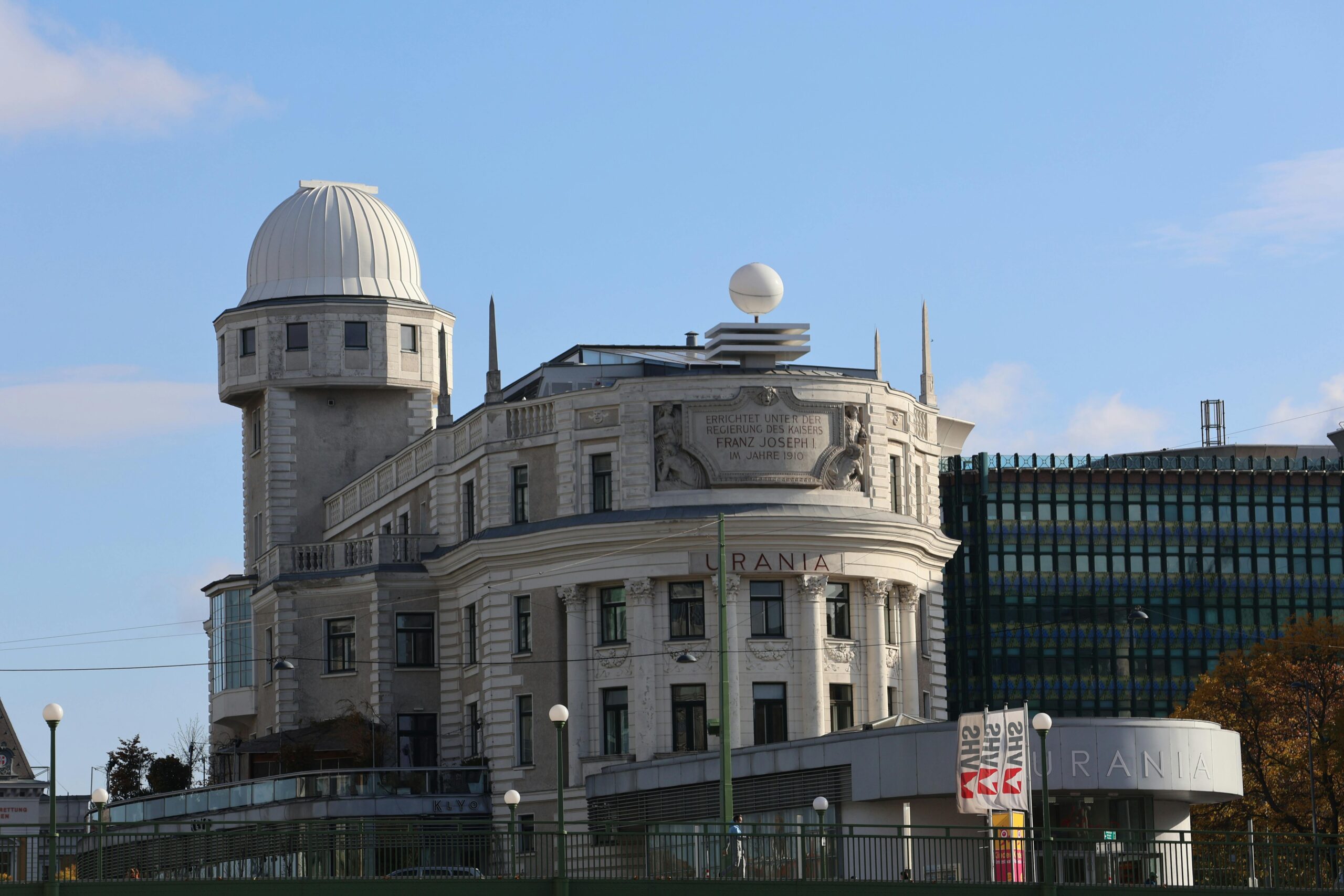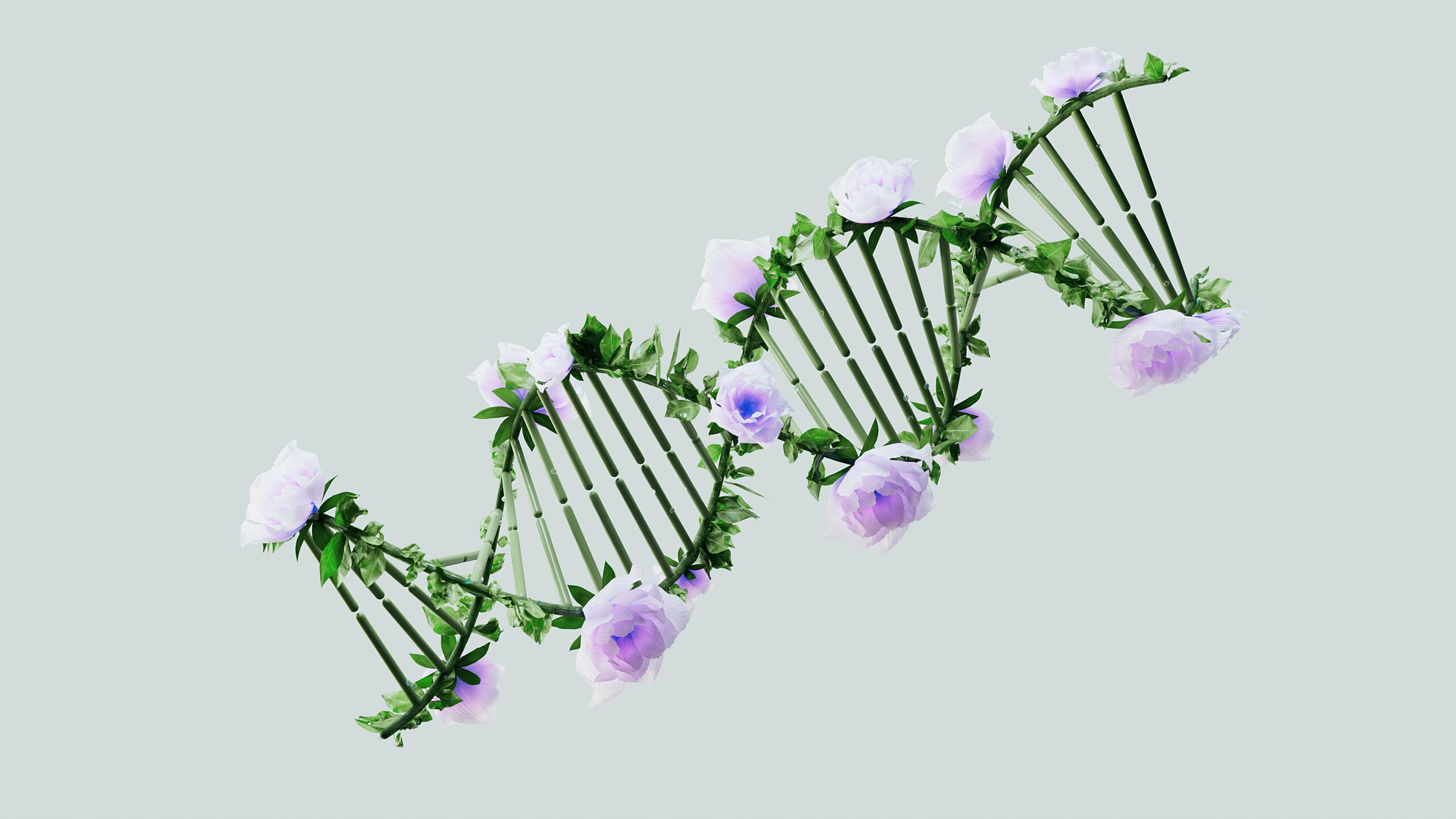Aging isn’t just about wrinkles and gray hair—it’s a cellular crisis happening beneath your skin, where stem cell exhaustion silently accelerates the biological clock.
🧬 The Hidden Engine of Aging: Understanding Stem Cell Exhaustion
Inside every tissue of your body exists a remarkable reserve army of regenerative potential: stem cells. These cellular powerhouses serve as your body’s internal repair system, replacing damaged cells, healing injuries, and maintaining the vitality of your organs. However, as decades pass, this regenerative capacity diminishes through a process scientists call stem cell exhaustion—one of the most critical hallmarks of biological aging.
Stem cell exhaustion represents the gradual decline in both the quantity and quality of stem cells throughout your body. This phenomenon affects everything from your skin’s ability to heal wounds to your immune system’s capacity to fight infections. When your stem cell reserves run low or become dysfunctional, tissues lose their regenerative capacity, leading to the visible and invisible signs we associate with growing older.
Research published in leading journals like Cell and Nature has identified stem cell exhaustion as a primary driver of age-related diseases, including cardiovascular disorders, neurodegenerative conditions, and metabolic dysfunction. Understanding this process opens extraordinary possibilities for interventions that could slow, stop, or potentially reverse aspects of biological aging.
Why Your Stem Cells Burn Out Faster Than They Should
The depletion of your stem cell reserves doesn’t happen by chance—it’s accelerated by specific factors that many of us encounter daily. Identifying these culprits represents the first step toward protecting your regenerative potential.
Chronic Inflammation: The Silent Stem Cell Killer 🔥
Persistent low-grade inflammation creates a hostile environment for stem cells. When your body remains in a constant state of inflammatory alert—triggered by poor diet, stress, environmental toxins, or chronic infections—stem cells receive signals that push them toward premature aging or cell death. This inflammatory cascade damages the stem cell niche, the specialized microenvironment where these cells reside and function optimally.
Oxidative Stress and DNA Damage
Free radicals generated through normal metabolism, environmental pollutants, and ultraviolet radiation accumulate damage to stem cell DNA over time. Unlike regular cells that simply die and get replaced, stem cells must maintain pristine genetic information to produce healthy daughter cells. When oxidative damage overwhelms their repair mechanisms, stem cells either die, become senescent, or produce dysfunctional progeny.
Telomere Shortening and Cellular Senescence
Each time a stem cell divides, protective caps on chromosomes called telomeres become shorter. After reaching a critical length, cells enter a state of permanent growth arrest called senescence. These senescent cells not only stop contributing to tissue repair but actively secrete inflammatory molecules that damage neighboring healthy cells—including other stem cells.
Mitochondrial Dysfunction
The powerhouses of your cells, mitochondria, become less efficient with age. Stem cells require enormous amounts of energy to maintain their multipotent state and perform division when called upon. As mitochondrial function declines, stem cells lose their regenerative capacity and ability to respond to tissue damage signals.
The Cascading Effects: What Happens When Stem Cells Run Empty
When stem cell exhaustion progresses unchecked, the consequences ripple throughout your entire body, manifesting as the familiar signs and symptoms of aging we often accept as inevitable.
Skin Aging and Wound Healing Delays
Your skin contains specialized stem cells responsible for constant renewal. As these cells become exhausted, you’ll notice slower wound healing, thinner skin, decreased collagen production, and diminished elasticity. Minor scrapes that once healed within days might now take weeks, and your skin’s ability to recover from sun damage significantly diminishes.
Muscle Loss and Physical Decline
Satellite cells, the stem cells of muscle tissue, become progressively depleted with age. This leads to sarcopenia—the age-related loss of muscle mass and strength. Even with exercise, rebuilding muscle becomes increasingly difficult as the stem cell pool shrinks, contributing to frailty and reduced physical independence.
Cognitive Decline and Memory Issues
Neural stem cells in the hippocampus—the brain region critical for learning and memory—show marked decline with aging. This exhaustion contributes to reduced neuroplasticity, slower information processing, and increased vulnerability to neurodegenerative diseases like Alzheimer’s and Parkinson’s.
Immune System Weakening
Hematopoietic stem cells produce all your blood and immune cells. Their exhaustion results in immunosenescence—the age-related deterioration of immune function. This explains why older adults become more susceptible to infections, show reduced vaccine responses, and face higher cancer risks.
💪 Evidence-Based Strategies to Preserve Your Stem Cell Reserves
The exciting news: stem cell exhaustion isn’t entirely predetermined. Emerging research reveals powerful interventions that can protect, rejuvenate, and potentially expand your regenerative capacity.
Intermittent Fasting and Caloric Restriction
Perhaps no intervention shows more promise for stem cell rejuvenation than strategic fasting protocols. Studies demonstrate that fasting periods trigger autophagy—cellular cleanup processes that remove damaged components and restore stem cell function. Research from the University of Southern California found that fasting cycles as short as 72 hours can regenerate entire immune systems in mice and improve stem cell markers in humans.
Practical implementation doesn’t require extreme measures. Time-restricted eating windows (16:8 method), periodic 24-hour fasts, or fasting-mimicking diets show beneficial effects on stem cell preservation. These approaches shift metabolism toward ketone production, which provides superior fuel for stem cells while reducing inflammation.
High-Intensity Interval Training (HIIT)
Not all exercise equally benefits stem cells. Research published in Cell Metabolism revealed that high-intensity interval training significantly improves mitochondrial function in stem cells while stimulating their proliferation. HIIT sessions activate cellular stress pathways that paradoxically strengthen stem cells through hormesis—the beneficial adaptation to mild stressors.
Aim for 2-3 HIIT sessions weekly, alternating 30-second maximum effort bursts with 1-2 minute recovery periods. This pattern optimally stimulates stem cell activation without causing excessive oxidative damage from prolonged intense exercise.
Sleep Optimization: The Overlooked Regeneration Window 😴
Deep sleep stages represent critical periods for stem cell activity and tissue repair. During slow-wave sleep, growth hormone secretion peaks, providing essential signals for stem cell activation. Chronic sleep deprivation or poor sleep quality directly impairs stem cell function and accelerates their exhaustion.
Prioritize 7-9 hours of quality sleep by maintaining consistent sleep-wake schedules, minimizing blue light exposure before bedtime, keeping bedroom temperatures cool (65-68°F), and creating complete darkness. These simple interventions dramatically enhance the regenerative processes occurring during sleep.
Strategic Nutritional Support
Specific nutrients play critical roles in maintaining stem cell health and function. Building your diet around these compounds provides molecular support for regenerative capacity:
- Omega-3 fatty acids (EPA/DHA): Reduce inflammation in stem cell niches and improve cell membrane fluidity. Sources include fatty fish, algae supplements, and grass-fed meats.
- Polyphenols: Compounds like resveratrol, quercetin, and EGCG from green tea activate longevity pathways and protect stem cells from oxidative damage.
- Sulforaphane: Found in cruciferous vegetables, this compound activates Nrf2 pathways that enhance cellular detoxification and protect stem cells.
- Vitamin D3: Essential for stem cell proliferation and differentiation. Maintain blood levels between 40-60 ng/mL through supplementation and sun exposure.
- Magnesium: Cofactor for over 300 enzymatic reactions, including those critical for DNA repair in stem cells.
🌿 Emerging Interventions: The Cutting Edge of Stem Cell Science
Beyond lifestyle modifications, scientific advances are revealing novel approaches to combat stem cell exhaustion that may soon become widely accessible.
Senolytic Compounds: Clearing Zombie Cells
Researchers have identified compounds that selectively eliminate senescent cells—the aged, dysfunctional cells that accumulate and damage healthy stem cells. Natural senolytics include fisetin (found in strawberries), quercetin (in onions and apples), and combinations showing promise in human trials. By clearing these “zombie cells,” stem cells regain their regenerative capacity.
NAD+ Precursors and Cellular Energy
Nicotinamide adenine dinucleotide (NAD+) serves as an essential coenzyme for energy production and DNA repair. NAD+ levels decline dramatically with age, impairing stem cell function. Supplementation with precursors like nicotinamide riboside (NR) or nicotinamide mononucleotide (NMN) shows potential for restoring stem cell activity, though optimal dosing and long-term effects require further research.
Hyperbaric Oxygen Therapy
Breathing pure oxygen under increased atmospheric pressure triggers stem cell mobilization from bone marrow and enhances their regenerative capacity. Studies show that hyperbaric oxygen therapy increases circulating stem cells by up to 800% and improves tissue repair mechanisms, particularly for wound healing and neurological conditions.
Young Blood Factors and GDF11
Groundbreaking parabiosis research—connecting circulatory systems of young and old mice—revealed that factors in young blood rejuvenate aged stem cells. Growth differentiation factor 11 (GDF11) represents one such compound showing promise for muscle and brain stem cell revitalization. While human applications remain experimental, research continues rapidly in this fascinating area.
The Inflammation-Stem Cell Connection: Breaking the Vicious Cycle
Chronic inflammation and stem cell exhaustion create a destructive feedback loop. Depleted stem cells fail to properly repair tissues, leading to increased inflammation, which further damages remaining stem cells. Breaking this cycle requires targeted anti-inflammatory strategies.
Dietary Inflammation Control
Eliminate or drastically reduce inflammatory foods including refined sugars, processed seed oils, excessive omega-6 fatty acids, and ultra-processed foods containing inflammatory additives. Replace these with whole foods rich in anti-inflammatory compounds: colorful vegetables, wild-caught fish, grass-fed meats, nuts, seeds, and herbs like turmeric and ginger.
Stress Management Techniques
Psychological stress triggers inflammatory cascades through cortisol and sympathetic nervous system activation. Regular meditation, breathwork practices, time in nature, and maintaining strong social connections all demonstrate measurable anti-inflammatory effects that protect stem cell reserves. Even brief daily practices—10 minutes of mindfulness meditation or breathing exercises—show beneficial impacts on inflammatory markers.
🔬 Tracking Your Biological Age: Beyond Chronological Years
Understanding whether your interventions actually work requires measuring biological rather than chronological age. Several accessible biomarkers reflect stem cell health and regenerative capacity:
- High-sensitivity C-reactive protein (hs-CRP): Measures systemic inflammation levels
- Complete blood count with differential: Reflects hematopoietic stem cell function
- IGF-1 levels: Indicates growth factor signaling related to stem cell activity
- Epigenetic age tests: DNA methylation clocks like Horvath or GrimAge estimate biological age
- Physical performance markers: Grip strength, walking speed, and VO2 max correlate with stem cell reserve
Regular monitoring of these markers provides objective feedback on whether your stem cell preservation strategies are working, allowing you to adjust interventions accordingly.
The Social and Environmental Dimensions of Cellular Youth
Stem cell health extends beyond individual biology into social and environmental contexts that profoundly influence aging trajectories.
Social Connections and Longevity
Research consistently shows that strong social networks and meaningful relationships correlate with biomarkers of slower aging, including better stem cell function. Loneliness and social isolation trigger inflammatory responses comparable to chronic disease states, accelerating stem cell exhaustion. Prioritizing genuine human connection isn’t just emotionally fulfilling—it’s a biological imperative for healthy aging.
Environmental Toxin Reduction
Modern environments expose us to thousands of synthetic chemicals, many of which damage stem cells. Practical detoxification strategies include using water filtration systems, choosing organic produce for high-pesticide foods, avoiding plastic food containers, selecting natural cleaning and personal care products, and ensuring adequate home ventilation. These simple changes reduce toxic burden on regenerative systems.
Personalized Approaches: Your Unique Stem Cell Profile
Individual genetic variations, lifestyle factors, and environmental exposures create unique aging patterns. What works optimally for one person may differ for another. Emerging precision medicine approaches consider:
- Genetic polymorphisms affecting antioxidant enzymes, detoxification pathways, and inflammation responses
- Baseline stem cell functional capacity assessed through specialized testing
- Personal health history, including previous injuries, illnesses, and toxic exposures
- Current metabolic status, including insulin sensitivity and mitochondrial function
Working with practitioners trained in functional or regenerative medicine can help develop personalized protocols targeting your specific stem cell vulnerabilities and optimization opportunities.
🚀 The Future Landscape: What’s Coming Next
The field of stem cell biology and regenerative medicine advances at breathtaking speed. Emerging technologies on the horizon include:
Direct reprogramming techniques that convert specialized cells back to pluripotent states, potentially creating unlimited supplies of youthful stem cells. Exosome therapies delivering cellular communication molecules that rejuvenate aged stem cells without requiring cell transplantation. CRISPR-based gene editing to correct age-related mutations in stem cell populations. Small molecule cocktails that can reprogram aged cells to youthful states through purely chemical means.
While some interventions remain years from clinical availability, the trajectory clearly points toward an era where stem cell exhaustion becomes a treatable condition rather than an inevitable consequence of aging.
Taking Action Today: Your Stem Cell Preservation Blueprint
Understanding stem cell exhaustion means little without implementation. Start with these high-impact, evidence-based actions you can begin immediately:
Week 1-2: Implement a 16:8 time-restricted eating pattern. Stop eating 3 hours before bed and delay breakfast, creating a consistent 16-hour overnight fast. This immediately activates autophagy and reduces inflammatory burden on stem cells.
Week 3-4: Add two HIIT sessions weekly. Choose any activity you enjoy—cycling, running, swimming, bodyweight exercises—and alternate maximum effort bursts with recovery periods. Start conservatively and progress gradually to prevent injury.
Week 5-6: Optimize sleep hygiene. Establish consistent sleep-wake times, eliminate screens 1-2 hours before bed, and create a dark, cool sleeping environment. Track sleep quality using wearable devices or sleep journals.
Week 7-8: Upgrade your nutrition by eliminating processed foods and adding stem cell-supporting compounds. Focus on wild-caught fish, colorful vegetables, berries, nuts, and anti-inflammatory herbs and spices.
Ongoing: Develop consistent stress management practices, prioritize social connections, reduce environmental toxins, and consider advanced interventions like NAD+ precursors or senolytic compounds based on your research and consultation with healthcare providers.

Beyond Individual Aging: The Societal Implications 🌍
As stem cell preservation strategies become mainstream, society faces profound questions about aging, healthspan, and human potential. Extended periods of youthful vitality could transform retirement concepts, career trajectories, family structures, and healthcare systems.
Rather than compressed morbidity—living longer with extended periods of illness—the goal becomes compressed senescence: maintaining youthful function for most of life, with minimal decline before death. This paradigm shift from treating age-related diseases to preventing cellular aging represents one of medicine’s most significant transitions.
The democratization of stem cell knowledge empowers individuals to take control of their aging trajectories rather than passively accepting decline. This represents not anti-aging vanity but pro-vitality wisdom—choosing to maintain the biological systems that allow us to fully engage with life, contribute to communities, and pursue meaningful goals regardless of chronological age.
Your stem cells hold extraordinary regenerative potential, accumulated through millions of years of evolution. By understanding the factors that deplete this potential and implementing evidence-based preservation strategies, you’re not fighting against nature—you’re working with your biology’s inherent capacity for renewal. The fountain of youth isn’t a mythical spring but the stem cells already within you, waiting for the conditions that allow them to thrive. The question isn’t whether you’ll age, but how you’ll age—and the power to influence that answer rests increasingly in your hands. 🧬✨
Toni Santos is a longevity writer and regenerative medicine researcher dedicated to exploring how biology, technology, and ethics can extend healthspan. With a focus on cellular repair and anti-aging biotechnology, Toni examines how next-generation therapies translate lab breakthroughs into real-world vitality. Fascinated by stem cell science, telomere dynamics, and systems biology, Toni’s journey bridges research reviews, expert interviews, and clear public communication. Each article he shares aims to separate evidence from hype—helping readers understand what’s promising, what’s premature, and what truly supports long-term health. Blending molecular biology, clinical insight, and accessible storytelling, Toni investigates interventions that target the root drivers of aging. His work honors responsible innovation—prioritizing safety, transparency, and human wellbeing in the pursuit of extended healthspan. His work is a tribute to: Anti-aging biotechnology grounded in rigorous evidence Cellular rejuvenation pathways that restore function and resilience Stem cell and telomere research advancing ethical longevity care Whether you’re a clinician, researcher, or health enthusiast, Toni Santos invites you to explore the frontiers of regeneration—one discovery, one mechanism, one healthier year at a time.




